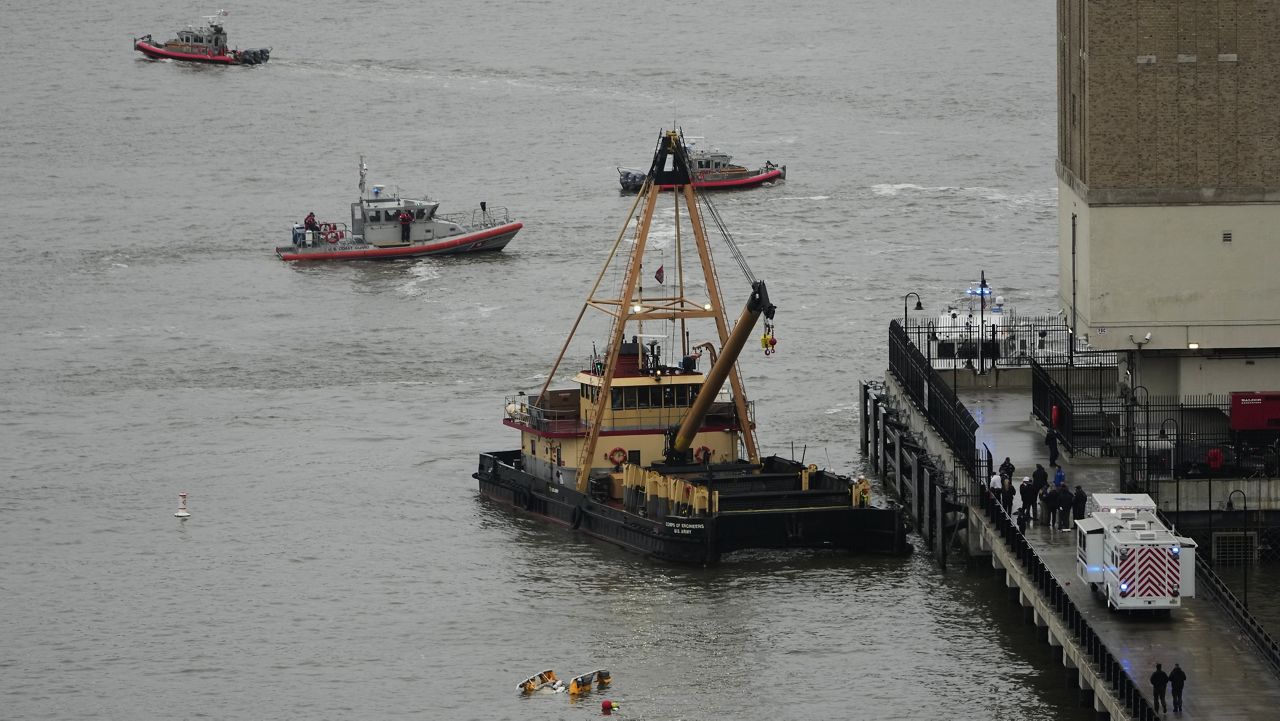LOS ANGELES — Parts of Sun Valley are known to flood during the rainy season, and overheat during the summer. One project could help change all of that, but it’s been stalled for the past 20 years.
Twenty years ago, the Rory Shaw Wetlands project was approved and slated to begin transforming a 46-acre former landfill between Tujunga Avenue, Strathern Street and Fair Avenue.
As it is now, residents say the empty lot is an environmental and safety hazard. Miriam Moore lives directly across the street.
“My biggest concern, first of all, is it’s an unmaintained and unprotected lot,” Moore said. “Second, we were told there is organic material there and methane traces. This lot is being used as an illegal dump site. Everyone brings in their hazardous waste, their tires. People light fires inside this lot. There was fire several times.”
Back in the early 2000s, an initial plan was put in motion by LA Public Works to turn the 46 acres into a multi-purpose green space called the Rory Shaw Wetlands Park, including a 15-acre park with walking paths, sports courts, picnic tables, a 10-acre wetland, a lake and an underground reservoir to capture rainwater.
Kerjon Lee, from LA Public Works, says at one time there was funding, but in 20 years since the project began, construction costs have skyrocketed, blowing the first budget out of the water.
“Current projections are about $240 million,” Lee said. “Of that, $212 million is unmet need. We need to go back and get that money. The local funding that’s available to us, that’s the save clean water measure. There are also some federal funds that may be available for this project as well, like bonds and loans. So we’re looking into all of that.”
According to LA Public Works, the next phase of the project is over excavation and grading of the site, which, if funding is made available, is expected to take four years to complete.











